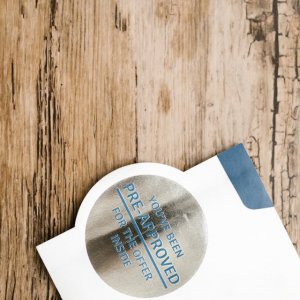Case Study - Phoenix Company - Liquidation - Explanation by experts -How phoenixes work
This case study shows that a phoenix company procedure is not, as some think, banned by Insolvency Law. Purnells LIcenced Insolvency Practitioners are experts in this field and have arranged numerous phoenix companies - the following example demonstrates how a phoenix company arrangement in liquidation actually works.
Background - Fictional Company for illustration purposes
Rasta (Plymouth) Limited used the trading name 'Caribbean Textiles'. Rasta was involved in the manufacture and sale of clothing of the type commonly worn in the West Indies.
With the abolition of "crown preferential creditors" (in other words VAT and PAYE ceased in law to be preferential creditors from that date) from 15th September 2003 there is a different order of priority as to "who gets what" in any insolvency process after that date.
If you assume that the assets of Rasta (Plymouth) Limited are professionally valued at:
| £ | |
| Debtors | 250,000 |
| Stock and fixtures | 40,000 |
| Goodwill | 10,000 |
| Total realisable value of assets | 300,000 ====== |
and the creditors were:
| £ | |
| Bank overdraft (secured by a debenture) | 270,000 |
| VAT | 110,000 |
| PAYE | 70,000 |
| Trade creditors | 440,000 |
| Total creditors | 890,000 ======= |
You can see that the company is insolvent by £590,000. The company prepared forecasts to determine if it could or could not trade out of its difficulties. Those forecasts showed that the weight of creditors of £890,000 was too much to allow an informal trade out.
The core future business was, however, (if all creditors were removed) capable of earning net profits of £3,000 a month.
A statement of affairs for Rasta (Plymouth) Limited shows "who gets what" and is a document that assists an insolvency practitioner in determining what options are open to the company directors.
Rasta's statement of affairs (ignoring the impact of "top slicing" as introduced into law from 15th September 2003) is:
| £ | |
| Realisable value of assets | 300,000 |
| Less: First payment to the bank | 270,000 |
| Cash then remaining to meet liquidation costs and to make a small dividend to the unsecured creditors which total £620,000 | 30,000 |
The successor company then commences with assets of £50,000 (the stock, fixtures and goodwill) having purchased those assets for that sum from Rasta's liquidator.
If we assume that that £50,000 was raised by way of new bank borrowing the balance sheet of the phoenix company Rasta Phoenix (Plymouth) Limited after the transaction would be:
| £ | |
| Assets | 50,000 |
| Owed to bank | 50,000 |
From this example you can see that the directors of the original Rasta are also the directors of the phoenix company having "turned around" the business through this re-structure.
It should go without saying that this is a very simplified phoenix company liquidation case study. You must take professional advice from a reputable firm of insolvency practitioners or turn around specialists as there are various regulatory requirements to be met and a consideration of alternatives is essential.
Would you like us to give you a call?
Fill in the form and we'll give you a call as soon as we can to discuss your needs in a free initial consultation with a Licensed Insolvency Practitioner. Alternatively give us a call on 01326 340579 if there is an urgency to your needs.
The information provided will be used solely to contact you and any information you provide will be held in accordance with our firm's privacy policy, and not used for marketing purposes.






